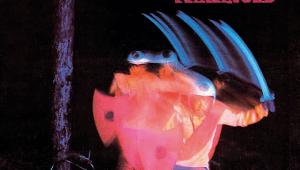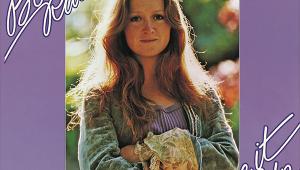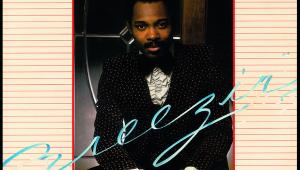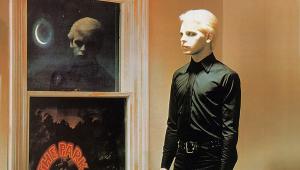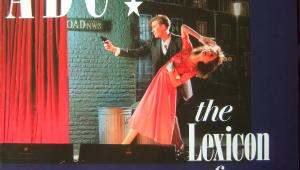Waterboys: This Is The Sea
![]()
On the song 'The Big Music', from The Waterboys 1984 album A Pagan Place, Mike Scott sang 'I have heard the big music/And I'll never be the same' – and he wasn't kidding. Nowadays, the 1980s might be more readily associated with glossy, primary coloured pop but it also opened the doors to something quite different – an earnest, yearning, expansive rock music drawn with broad brush strokes, but with enough space for some fine detail. The Waterboys exemplified the desire to make this 'big music', as did contemporaries such as Echo & The Bunnymen, U2, Big Country and Simple Minds.
Punk Philosopher
Mike Scott was born in Edinburgh, where he studied English Literature and Philosophy at the city's university, and – as a teenager energised by punk – wrote his own fanzine, Jungleland. He sang and played guitar in groups including Another Pretty Face, The Red And The Black (named after the Blue Öyster Cult song) and Funhouse (named after The Stooges' album).
![]()
Scott was also inspired by the New York punk scene, particularly Patti Smith, Television and Richard Hell & The Voidoids, and formed The Waterboys in 1983, naming the band partly after the 'Water Boy' mentioned in Lou Reed's 'The Kids'. But Scott focused more on the name's Aquarian implications and, in his words, the idea of 'something fluid and ever changing'.
Oddly, apart from The Waterboys' 1983 debut single, the buoyant, sax and piano-led 'A Girl Called Johnny' written about Patti Smith, few of these influences manifested themselves on their self-titled 1983 debut album or A Pagan Place.
![]()
Behind The Music
In concert, The Waterboys had played Bob Dylan's 'Gotta Serve Somebody' and Van Morrison's 'Sweet Thing' – Morrison was a major influence on Scott, especially in the way he tried to achieve transcendence via his mix of folk, rock, soul and spirituality. On his 1982 song 'Summertime In England', he named Wordsworth and Coleridge, T S Eliot and William Blake as pieces in a metaphysical-turned-literary kaleidoscope, and on 'The Big Music', Scott tried to grasp the meaning of what lay behind things. It was, as he put it, 'a metaphor for seeing God's signature in the world'.
![]()
In the song he exclaims, 'I've seen the big mountain and I swear I'm halfway there', prompting backing vocalist Eddi Reader's rejoinder, 'You'll never get there, you'll never get there!'. Maybe not, but it was the striving to do so that gave Scott's music its signature.
![]()
The Waterboys' first two albums were recorded on an ad hoc basis. Scott had gone into the studio when he had three or four new songs to record, and so the records became 'a collection of the best I'd done in the previous year'. But The Waterboys' third album, 1985's This Is The Sea, was different in that it was the first one they had made as 'a working band'. On the record sleeve The Waterboys are listed as Scott on guitars, keyboards, and drum programming; keyboard player Karl Wallinger; and saxophonist and multi-instrumentalist Anthony Thistlethwaite. But although this band now had a stable core, they called on a dozen session players to make the album, which was recorded across 11 studios.
